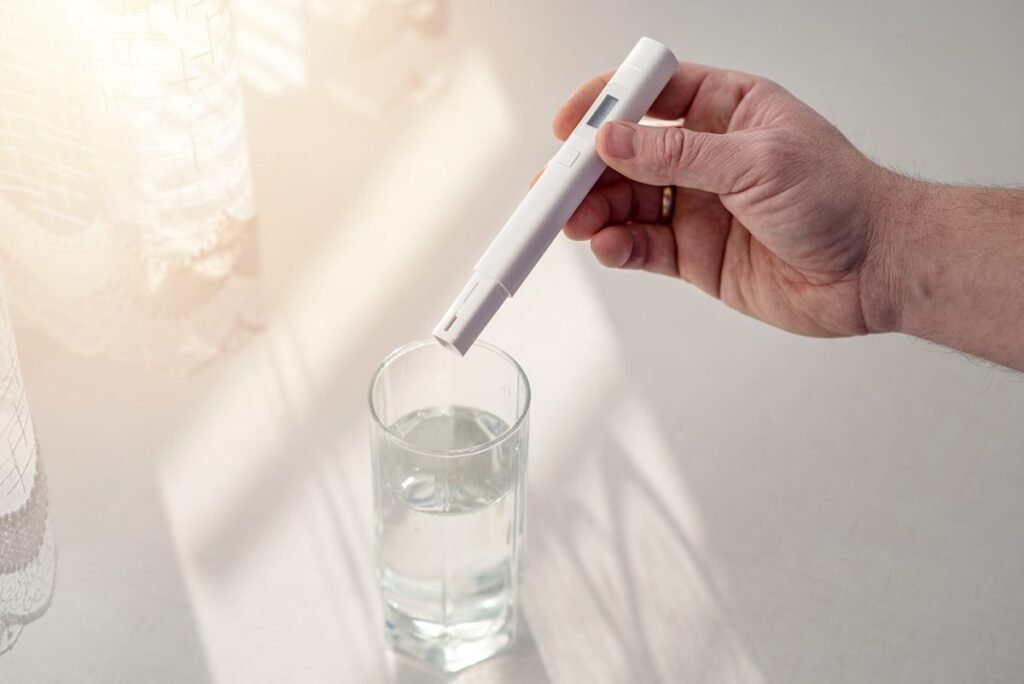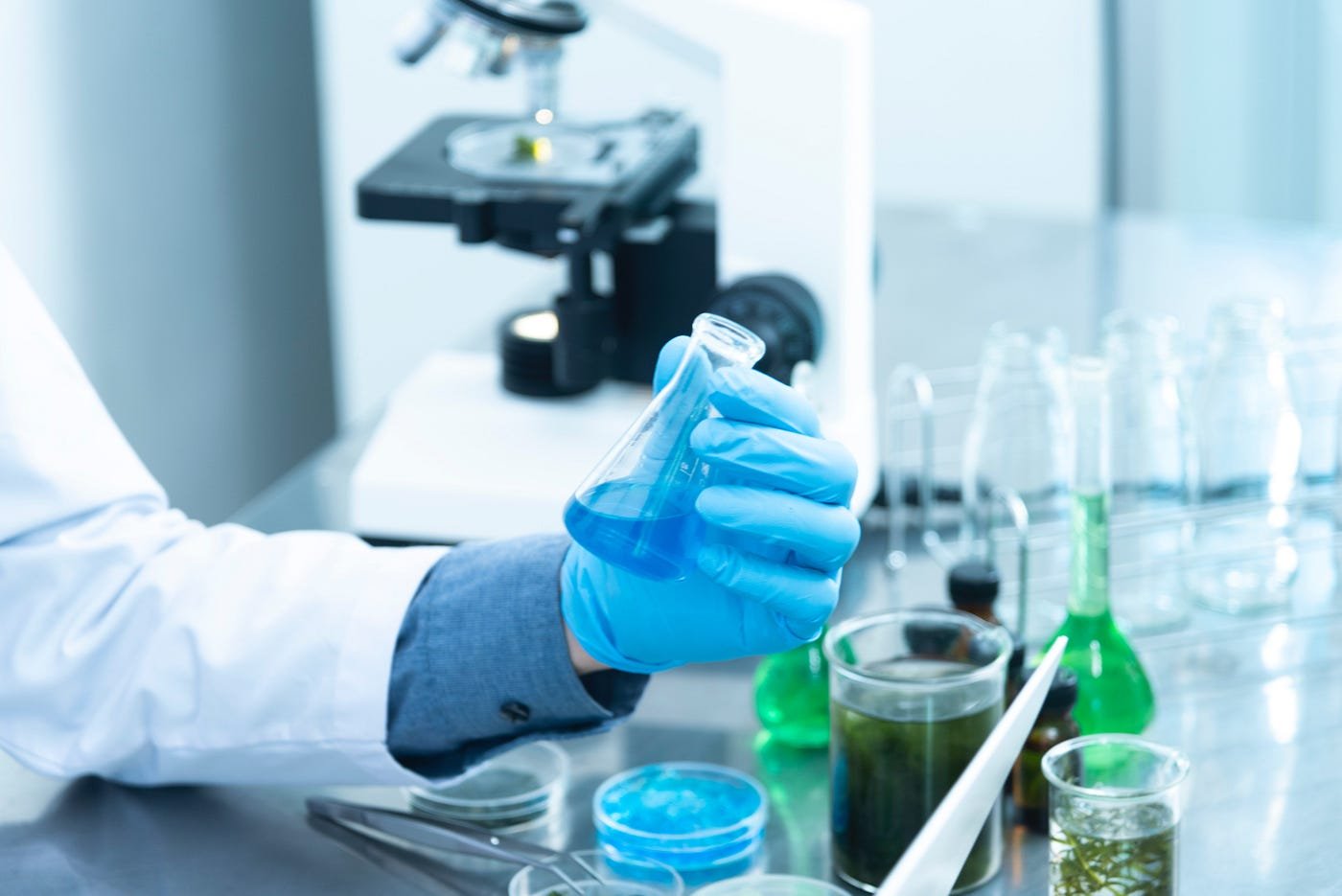Measuring water hardness is akin to unraveling the intricate tapestry of liquid nature, revealing its mineral composition and character. In the labyrinth of aqueous realms, understanding the essence of water hardness is paramount, transcending mere measurement into a voyage of discovery.
Droplets of liquid crystal cascading through time, each imbued with a unique mineral fingerprint. To grasp this elusive essence, one must embark on a journey guided by precision and innovation. Water hardness, a cornerstone of liquid alchemy, impacts realms from domestic tranquility to industrial prowess.
What are the Health Risks for Hardness?
The range of health risks associated with hardness is equally alarming. Prolonged exposure to hardness that strains body systems can lead to a variety of health problems. High levels of hardness are like a silent attacker; they covertly encourage heart disease and hypertension by obstructing blood flow and placing excessive pressure on the circulatory system. Not even the sturdy skeleton is immune, since the hardness of the bones causes calcium to be lost, leaving them susceptible to conditions such as osteoporosis.

Standards for Hardness
First of all, hardness requirements are essential recommendations for many different businesses. First, these guidelines provide consistent standards for determining a material’s hardness. They thus make it easier for industrial processes to be consistent. Respecting these guidelines also guarantees consistent product quality.
Furthermore, adherence to recognized hardness standards improves interoperability among various components. Standardized measurements of hardness also facilitate efficient material selection. As a result, industries mostly depend on these benchmarks to keep their operations accurate and dependable. In the end, stakeholders and customers alike are more likely to trust companies that follow defined rigorous criteria.
Does A TDS Meter Measure Water Hardness?
It’s critical to comprehend a TDS meter’s operation in order to assess whether or not it monitors water hardness. At first, one could think that TDS (Total Dissolved Solids) meters automatically determine hardness because they measure the concentration of dissolved chemicals in water. This assumption, however, ignores the complex makeup of water.
TDS meters do not measure hardness entirely, but they do detect dissolved solids, including minerals that contribute to hardness. It follows that more knowledge is needed in order to calculate water hardness accurately. As a result, additional testing or tools made especially for evaluating hardness may be required. Even yet, TDS meters are useful instruments for evaluating the quality of water, not just for hardness testing.

Types of Water Toughness
Temporary Hardness
Initially, the water’s contains dissolved bicarbonate ions, thus causing temporary hardness. As time progresses, these ions undergo decomposition, thereby forming carbonate ions. Consequently, the water transitions from temporary to permanent hardness.
Permanent Hardness
Unlike temporary toughness, permanent hardness is characterized by the presence of non-carbonate salts in the water. These salts remain dissolved, leading to a consistent level of hardness that persists despite changes in conditions.
Carbonate Hardness
The main cause of carbonate toughness in water is the existence of dissolved carbonates of calcium and magnesium. These substances precipitate over time and generate mineral deposits that lead to scaling in appliances and pipes.
Non-Carbonate Hardness
Alternatively, non-carbonate hardness results from the presence of sulfates and chlorides of calcium and magnesium. Such compounds do not readily precipitate, posing challenges in water treatment processes and potentially affecting the taste and quality of water.
Hardness of Fresh Waters
It is essential to take into account a number of parameters while assessing the hardness of freshwaters. First and foremost, the mineral composition is an important factor. As a result, ions of calcium and magnesium greatly increase the hardness of the water. Moreover, these ions dissolve into water sources and come from geological formations.
Furthermore, because of regional variations in geology, the degree of hardness varies. It’s can also be increased by human activity, such as agricultural operations and industrial effluent. As a result, maintaining water quality requires careful observation and management of these operations.
2 Methods for Testing Water Hardness
To guarantee appropriateness for different uses, water hardness a crucial factor in evaluating water quality must be measured precisely. It is essential to comprehend water hardness because it affects domestic activities, industrial processes, and even the health of the environment. As such, using precise techniques to measure water hardness becomes essential.
Ethylene Diamine tetra acetic
First, the titration method can be utilized. After gathering a sample of water, it is titrated using a standardized ethylene diamine tetra acetic acid (EDTA) solution. The terminus is then made easier to determine by adding a color signal. Water hardness can then be calculated by measuring the amount of EDTA solution needed to neutralize the hardness ions.
Atomic Absorption Spectroscopy
Finally, atomic absorption spectroscopy (AAS) provides an advanced technique to measure the hardness of water. A water sample is first made by the proper dilution and filtering. After that, the sample is placed inside the AAS apparatus and is excited and atomized there. As a result, the accurate measurement of water hardness is made possible by measuring the wavelengths of light that the metal ions in the water absorb.
